Big wins for the hunting and fishing community are undercut by unacceptable provisions that sap long-term conservation funding and threaten headwaters, forests, and wetlands
Today the House of Representatives passed its 2018 Farm Bill, “The Agriculture and Nutrition Act of 2018,” with a 213-211 vote. While there are some positive provisions for conservation and sportsmen’s access in the bill—the single largest source of federal conservation funding—it also includes a number of provisions that would undercut long-term conservation benefits to headwaters, forests, and wetlands.
The Theodore Roosevelt Conservation Partnership is especially pleased to see a 25-percent increase for the Voluntary Public Access and Habitat Incentive Program. As the only federal program aimed at opening private land to public access, VPA-HIP is a valuable tool for increasing hunting and fishing access to sportsmen and women across the country. The funding increase provided by the House bill is a much needed step towards meeting the $150 million required to meet landowner demand for the program. To date, this successful program has opened more than 950,000 acres of private land to the public for hunting and fishing across 30 states.
But this boost for hunting and fishing access is somewhat overshadowed by the long-term cuts to conservation funding in the bill. Unmet demand for Farm Bill conservation programs is at an all-time high, and sportsmen and women believe Congress should provide increased conservation funding to meet farmer and rancher demand. Also of concern is the inclusion of an amendment which seeks to repeal the Clean Water Rule, which protects our nation’s most vulnerable waterways.
“The proposed $795 million cuts to conservation would constitute a major disservice to all taxpayers—not just hunters and anglers—whose support for agriculture should not come at the cost of clean water and healthy soil,” says Whit Fosburgh, TRCP’s president and CEO. “The Farm Bill ensures that fish and wildlife continue to thrive in and around private lands while boosting hunting and fishing opportunities and the economic health of rural America. Especially since the House bill includes many of our community’s recommendations, we would have liked to see it move forward without short-sighted funding provisions or the handful of unacceptable amendments—like a repeal of the rule that clarifies Clean Water Act protections for headwater streams and wetlands and forestry provisions that would weaken the Endangered Species Act and National Environmental Policy Act.”
Other positive provisions overshadowed by cuts to conservation include:
- $250 million in additional funding for the Agriculture Conservation Easement Program, which incentivizes landowners to conserve agricultural land and wetlands.
- An additional $3 billion per year for the Environmental Quality Incentives Program, which helps landowners plan, install, or maintain practices that enhance water quality and wildlife habitat or reduce soil erosion and sedimentation.
- Increased flexibility and $250 million per year for the Regional Conservation Partnership Program, which supports partnerships between conservation groups and agricultural producers to enhance soil, water, and wildlife conservation in multi-state or watershed-scale projects.
- Maintains conservation compliance—the compact between America’s taxpayers and landowners that ensures support for crop production does not come at the cost of clean water and wildlife habitat.
- An amendment from Rep. Glenn Thompson (R-Penn.) that would prioritize USDA research on controlling the spread of Chronic Wasting Disease in deer.
Should the Senate follow suit and successfully pass their bill in the coming weeks, the TRCP and its Agriculture and Wildlife Working Group will work to ensure the best provisions of each chamber’s proposal are included in the final legislation.
Photo courtesy of Northwoods Collective.

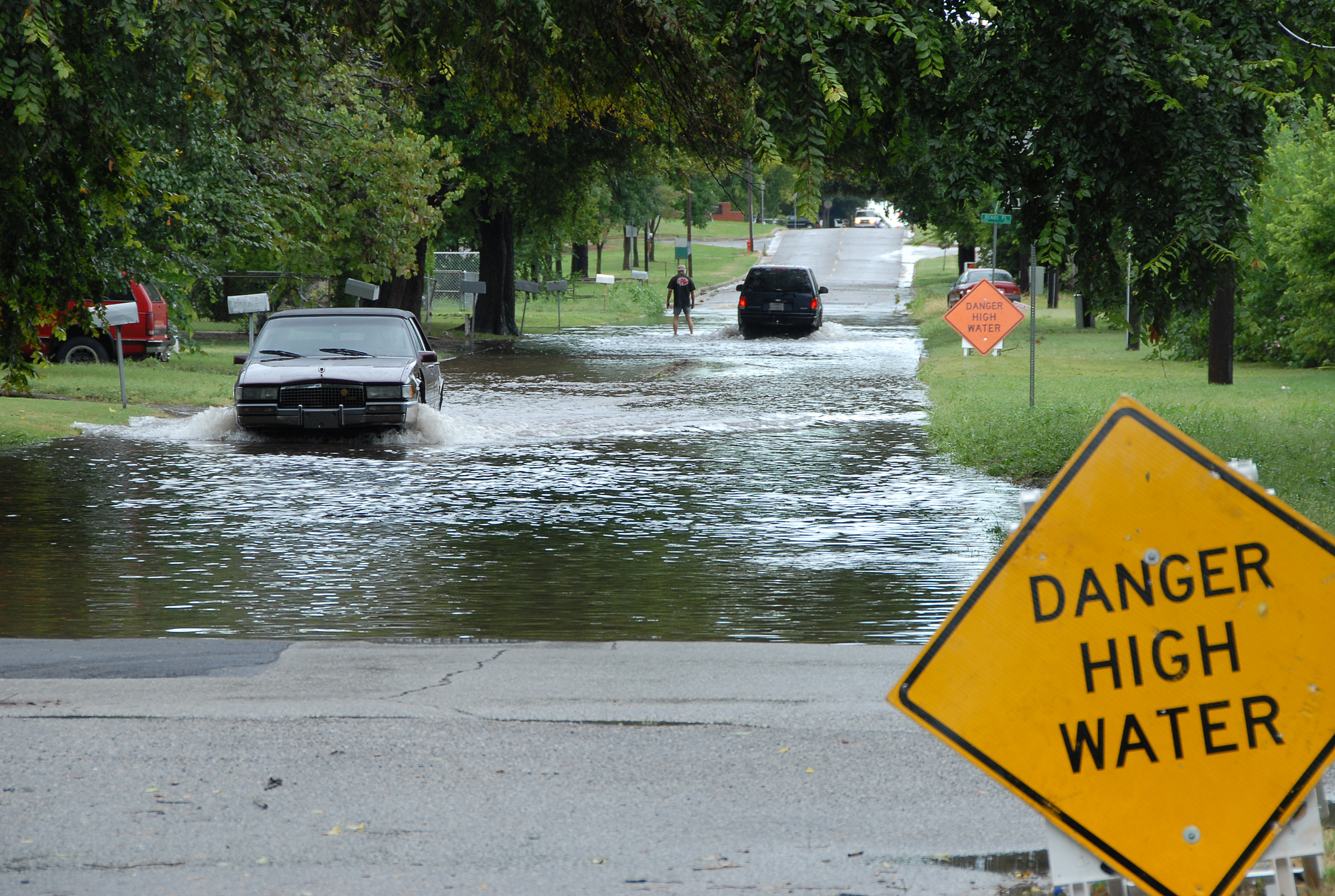
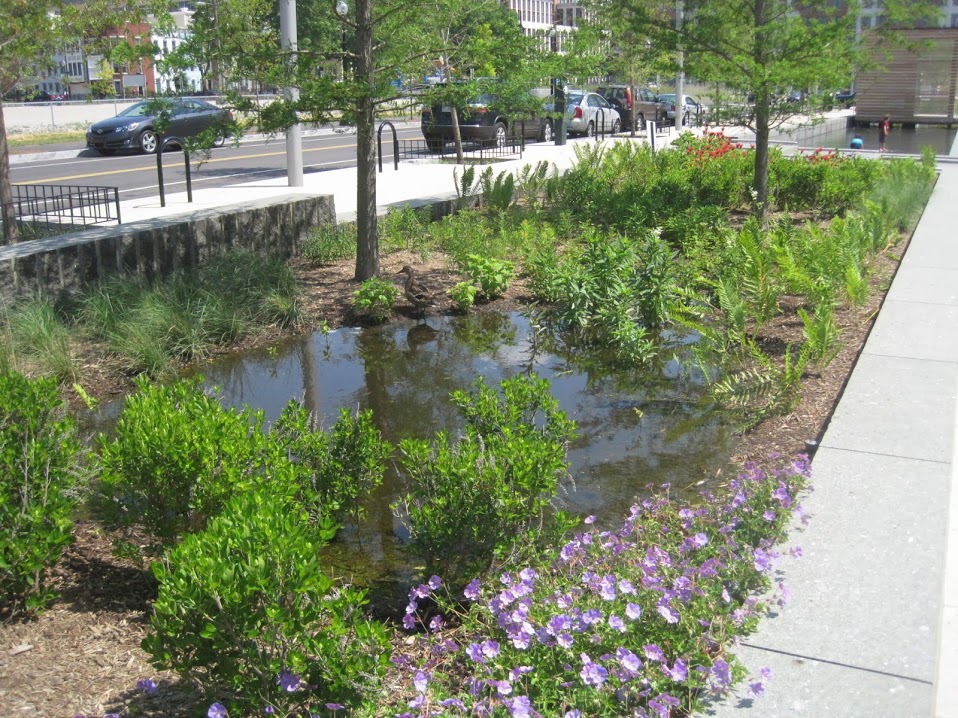
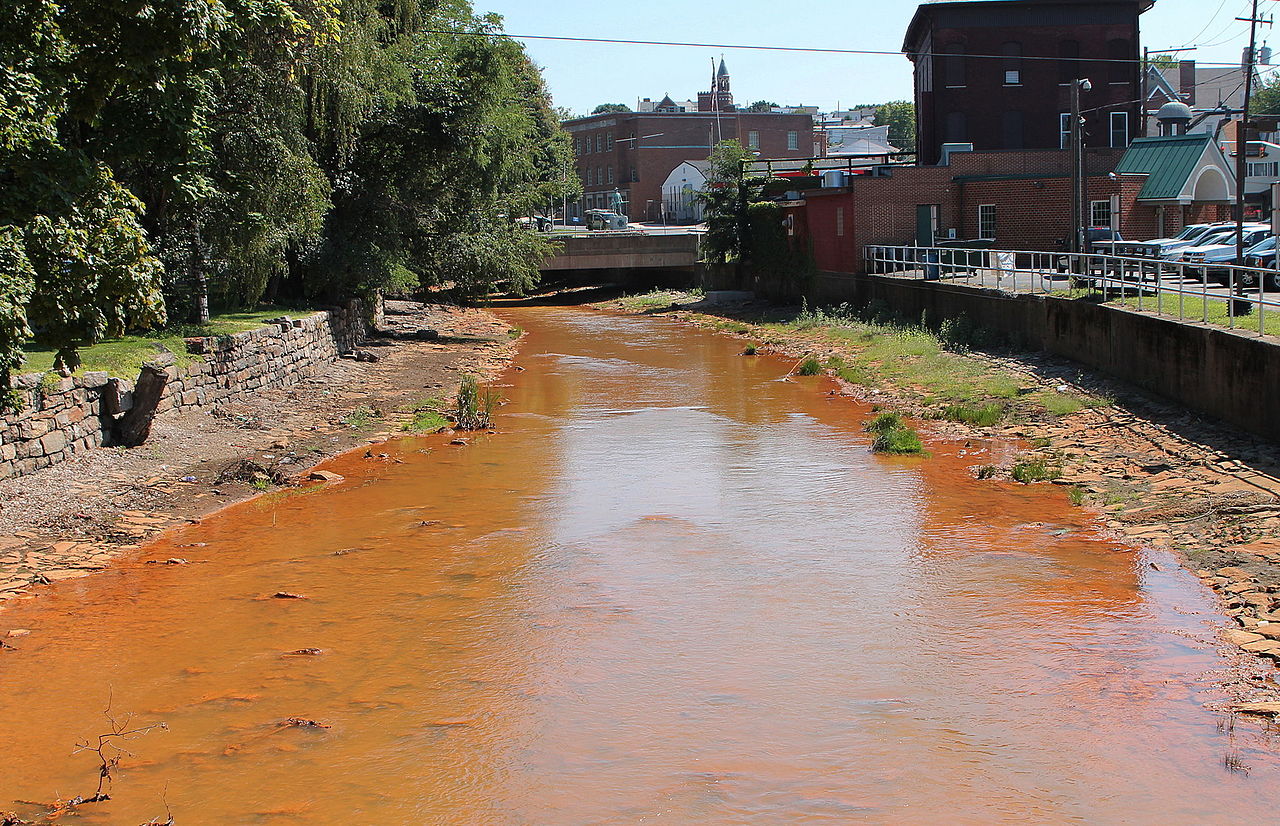
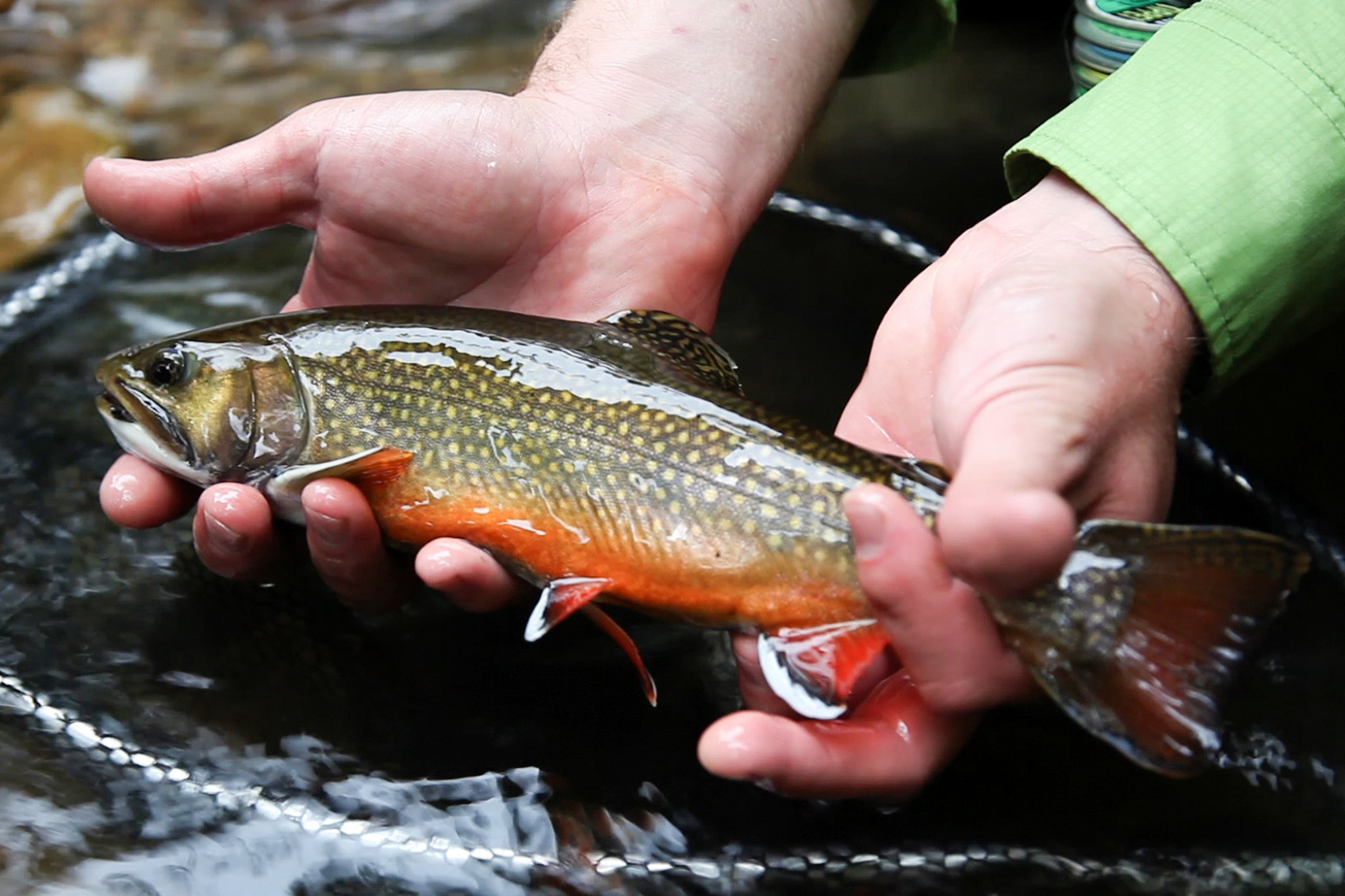
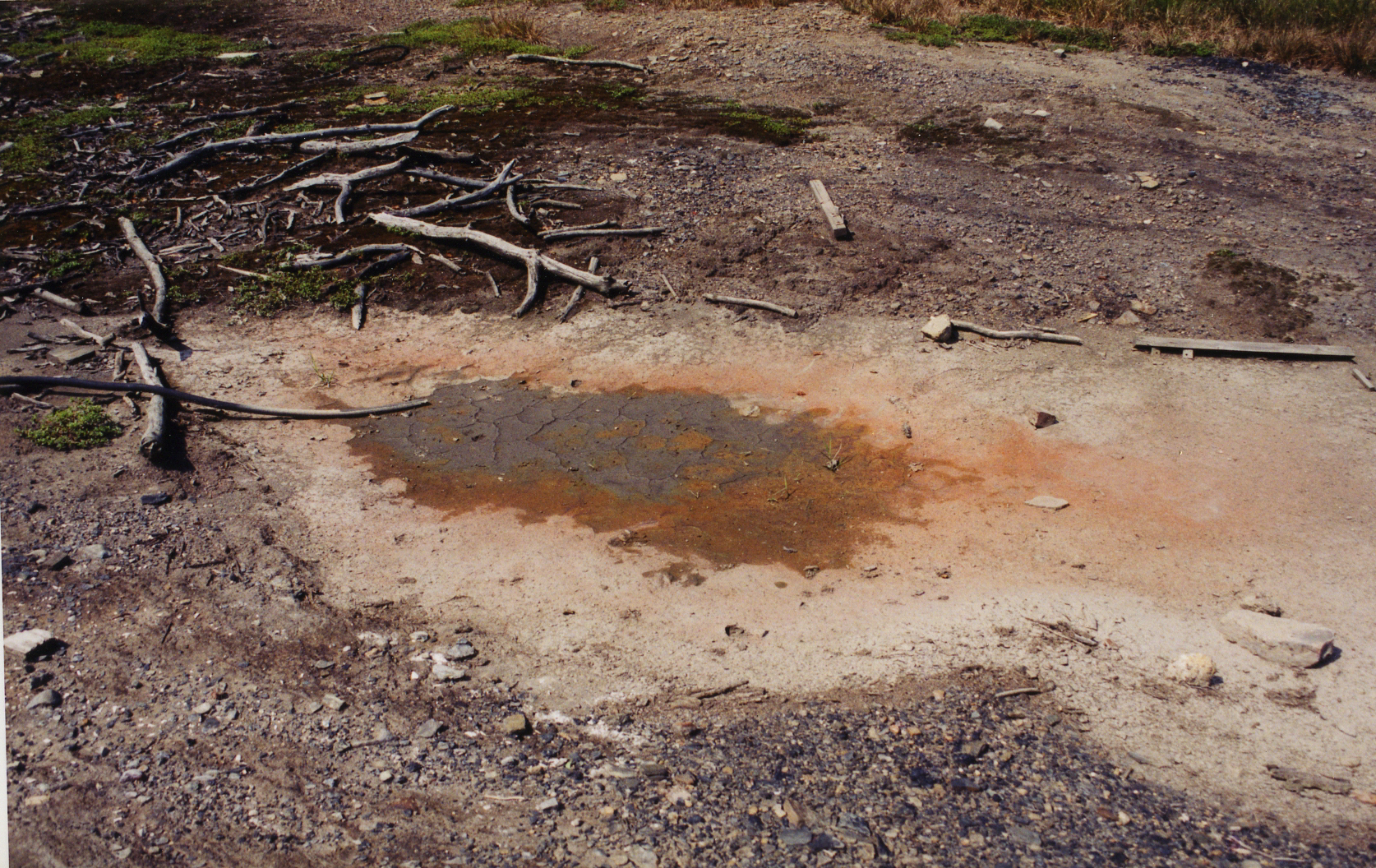
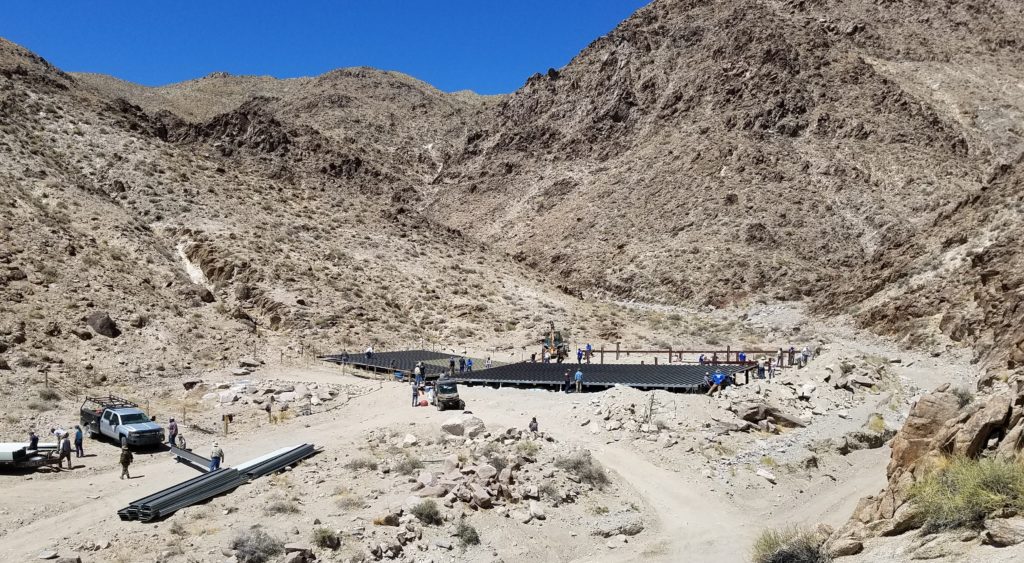





God bless these efforts by the patriots in our government.